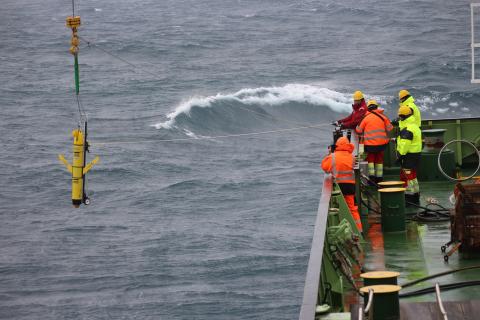Funded through the NERC Global Partnerships Seedcorn Fund, the project will bring together experts from the National Oceanography Centre with researchers from the newly created centre of excellence for ultra-deep sea research: the Danish Center for Hadal Research (HADAL) at the University of Southern Denmark (SDU), to jointly improve knowledge about the processes governing organic carbon degradation in deep-sea trenches.
The hadal, or hadopelagic zone, is found from a depth of around 6,000 to 11,000 metres (20,000 to 36,000 ft), and is the deepest region of the ocean lying within oceanic trenches. It accounts for nearly half of the ocean’s depth range, but has only recently been recognised as potential hotspot for organic carbon turnover and microbial activity. To understand the carbon mineralization and the related biogeochemical processes in hadal sediments is of global importance, as carbon recycling in sediments can have critical implications for ocean chemistry, redox conditions, and nutrient availability, impacting life in the oceans.
The project will support knowledge exchange and a collaborative design between partners to adapt the innovative sensors required to study the ocean at these extreme depths. The sensors will be provided by the NOC’s Ocean Technology and Engineering team and rigorously tested in the pressure testing facilities of the Danish Center for Hadal Research before being deployed during joint field work in a deep-sea trench off Japan in 2022.
The NOC’s Dr Anna Lichtschlag is leading the project working with NOC research engineer Dr Allison Schaap.



